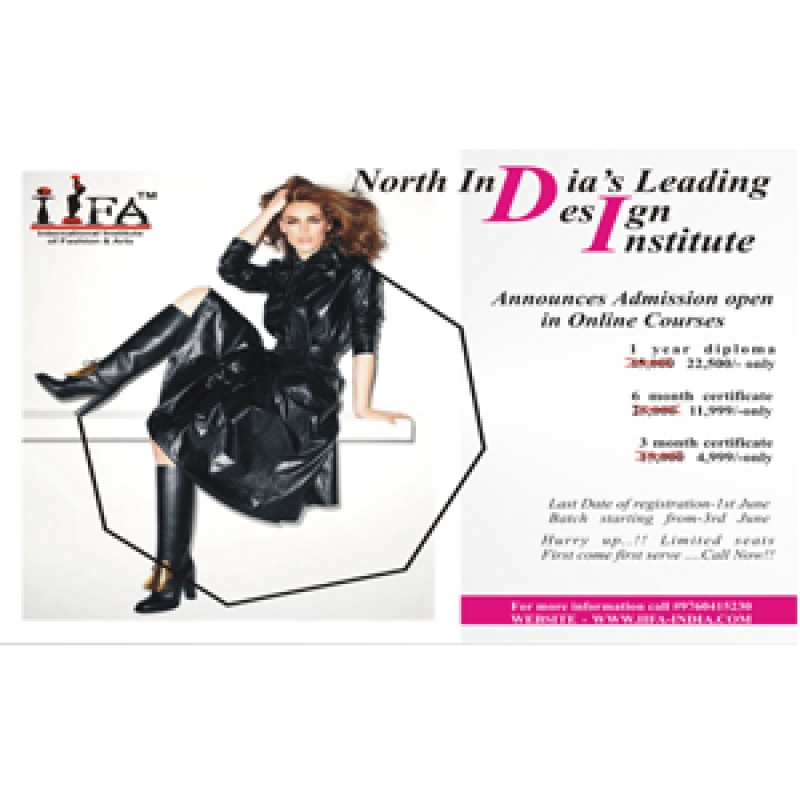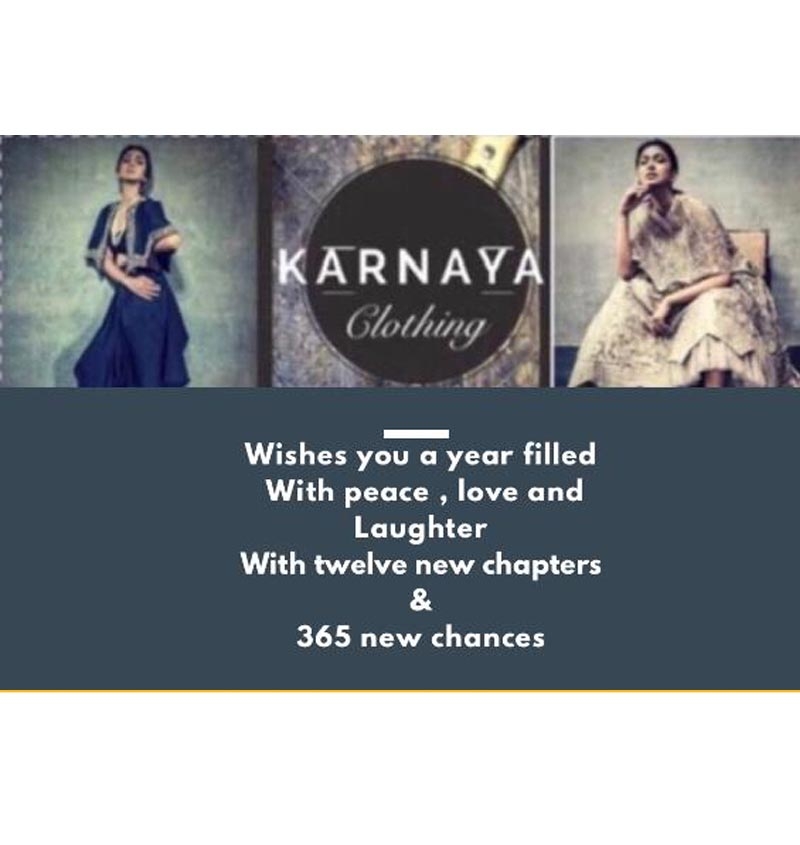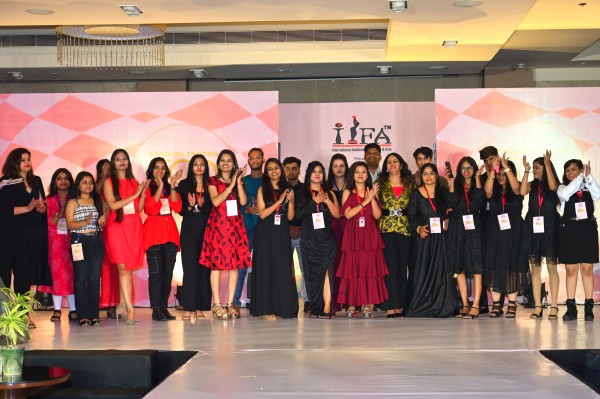Fashion illustration is an enchanting blend of art and design, where creativity meets the ever-evolving world of style. It serves as a visual language that bridges the gap between imaginative concepts and tangible garments. For centuries, fashion illustration has been a critical tool for designers, storytellers, and artists, capturing the essence of style in bold strokes and vibrant hues.
A Historical Perspective
The origins of fashion illustration date back to the Renaissance period when artists began sketching garments and textiles to represent societal status. As the fashion industry evolved, so did its artistic representation. During the 20th century, fashion illustration gained prominence in magazines such as Vogue and Harper's Bazaar. Artists like René Gruau and Antonio Lopez transformed it into an iconic medium, showcasing glamour and sophistication.
While digital technology has revolutionized fashion design, traditional hand-drawn illustrations still hold a revered place in the industry, offering a tactile and emotive quality that digital designs often lack.
The Role of Fashion Illustrators
Fashion illustrators play a pivotal role in the creative process. They bring ideas to life, visually interpreting a designer's vision before it manifests as fabric on the runway. Illustrations often include:
-
Conceptual Sketches: Early-stage designs that explore shapes, patterns, and textures.
-
Editorial Illustrations: Stylized artworks for magazines and campaigns, celebrating trends and narratives.
-
Technical Drawings: Precise diagrams that guide the production process.
These creations are not merely artistic expressions but also practical tools for communication between designers, clients, and production teams.
Techniques and Tools
Fashion illustration encompasses a wide array of techniques and materials. Traditional mediums like watercolors, markers, and pencil sketches exude a classic charm, while digital platforms like Adobe Illustrator and Procreate offer precision and flexibility. Artists often experiment with mixed media to achieve unique effects, combining the spontaneity of hand-drawn elements with the polish of digital enhancements.
Key skills for a fashion illustrator include:
-
Anatomical Understanding: Mastering the human form to depict realistic and dynamic poses.
-
Sense of Style: An eye for trends, fabrics, and cultural nuances.
-
Attention to Detail: Capturing intricate patterns, textures, and embellishments.
The Modern Era of Fashion Illustration
In the contemporary fashion scene, illustrators are gaining recognition as artists in their own right. Social media platforms like Instagram and Pinterest have become showcases for their work, connecting them with global audiences. Collaborations with brands, influencers, and fashion houses have opened new avenues for creativity and innovation.
Moreover, sustainable fashion has sparked a renaissance in handmade illustrations, emphasizing craftsmanship and slow art over mass production. The resurgence of interest in analog techniques highlights the timeless appeal of hand-drawn designs in a digital age.
Why Fashion Illustration Matters
Fashion illustration is more than just a visual representation of clothing; it is an art form that celebrates individuality and creativity. It captures fleeting moments of inspiration, preserving the essence of fashion's ever-changing landscape. Whether used to conceptualize ideas, narrate stories, or celebrate artistry, fashion illustration remains a cornerstone of the industry—an enduring testament to the power of imagination and design.
In a world that constantly seeks innovation, fashion illustration continues to inspire, evolve, and define the aesthetics of tomorrow.



















Your Message